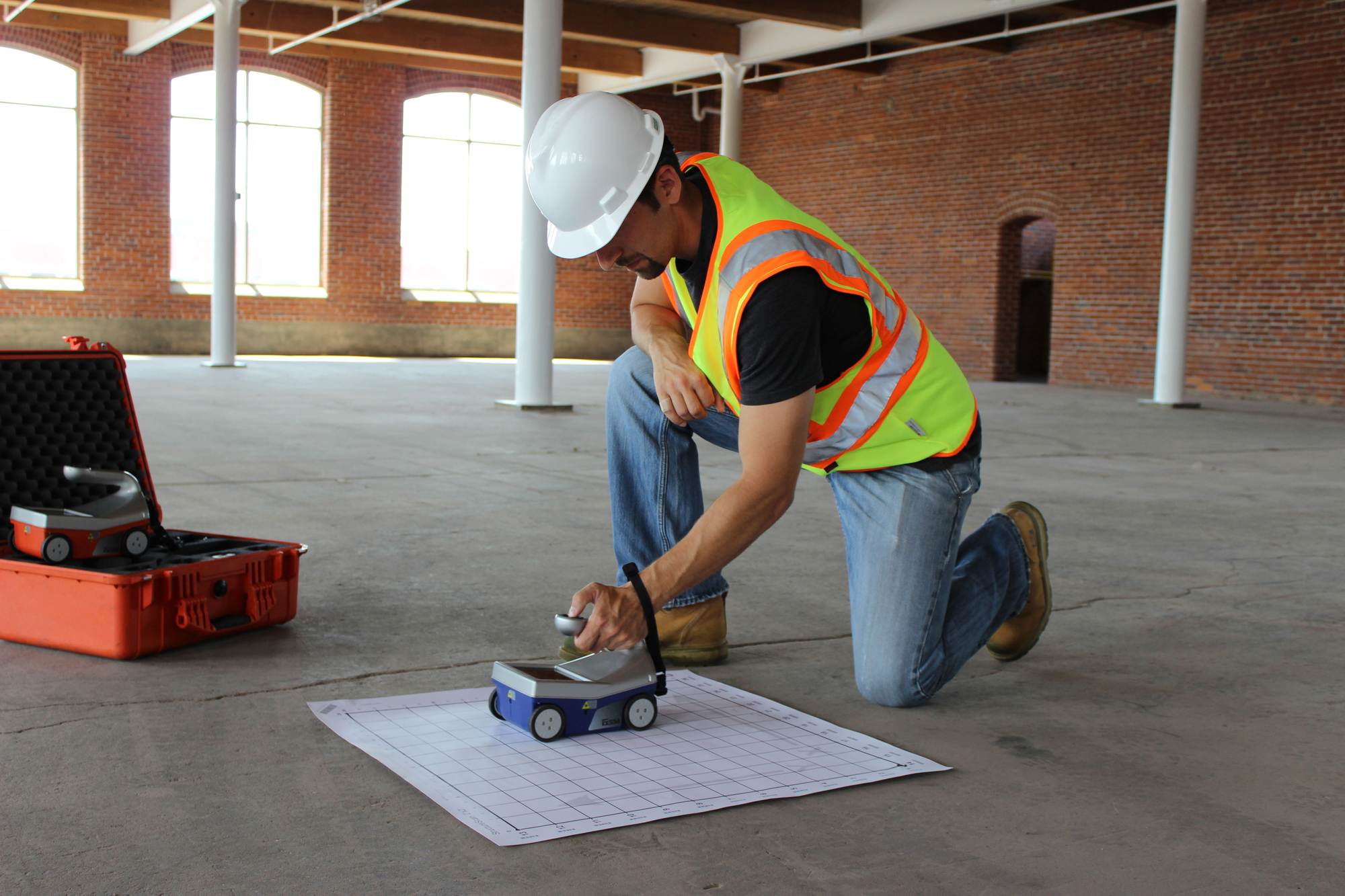RainierGPR Service Areas: Leading Concrete Scanning Provider Across Regions
RainierGPR Service Areas: Leading Concrete Scanning Provider Across Regions
Blog Article
Concrete Scanning: A Crucial Action In The Direction Of Guaranteeing Architectural Honesty and Security
In the world of building and construction and framework maintenance, the significance of concrete scanning can not be overemphasized. This thorough process holds the vital to unveiling prospective threats hidden beneath the surface area of seemingly solid frameworks. By using innovative modern technology and techniques, concrete scanning acts as a pivotal tool in making sure that the integrity and safety and security of buildings and bridges are promoted to the highest criteria. However, past its surface-level ramifications, the role of concrete scanning extends far much deeper than satisfies the eye.
Relevance of Concrete Scanning
Concrete scanning plays a critical role in making certain the architectural stability and safety of structures and infrastructure jobs. By using innovative modern technologies such as ground-penetrating radar (GPR) and electro-magnetic induction, specialists can non-destructively evaluate concrete structures to find potential issues, voids, embedded objects, and reinforcement design. This procedure makes it possible for very early detection of abnormalities that could compromise the stability of a framework, avoiding costly damages and making sure the safety and security of residents.
Concrete scanning is specifically essential during the preparation and construction phases of a job. Prior to exploration, cutting, or coring into concrete, scanning assists identify the accurate areas of rebar, post-tension cables, and other embedded components, lowering the threat of unexpected hits that might cause architectural weaknesses. Additionally, concrete scanning help in quality assurance by confirming the thickness of concrete covers and identifying any discrepancies that may influence the overall longevity of the framework. Ultimately, spending in concrete scanning solutions is not just a positive measure to minimize dangers however also an essential action towards keeping the long-term safety and security and stability of structures and facilities.
Modern Technology for Concrete Assessment

Advantages of Early Detection
Prompt detection of architectural concerns can dramatically alleviate threats and guarantee the long life of construction projects. By recognizing prospective troubles at an early stage in the building procedure, stakeholders can take aggressive procedures to resolve concerns before they escalate into larger and a lot more pricey problems. One of the vital advantages of early discovery is the avoidance of structural failings, which can present significant safety dangers and cause project hold-ups and financial losses.
In addition, early detection enables timely repair services and maintenance, which can assist expand the life-span of the framework. By addressing issues without delay, construction teams can avoid expensive repairs and even the need for premature replacement of structural parts. This aggressive technique not just conserves time and money yet additionally improves the total security and sturdiness of the construction task.
Furthermore, very early detection can improve project planning and decision-making by providing stakeholders with valuable insights into the condition of the structure. Equipped with this information, task supervisors can make educated choices pertaining to construction techniques, products, and timelines, causing extra efficient and effective project results.
Making Sure Structural Stability
Making certain the structural security of a building task is vital to its safety and durability. Architectural stability describes the capacity of a structure or framework to maintain its type and function under different loads and environmental problems. To achieve this, extensive analysis and surveillance of the structure are vital. Concrete scanning plays a crucial role in guaranteeing architectural security by finding potential issues such as gaps, delamination, or reinforcement corrosion that Full Report might jeopardize the stability of the framework in time.
By making use of advanced scanning innovations like ground-penetrating radar (GPR) and electro-magnetic induction, building professionals can non-invasively inspect concrete structures to determine locations of problem below the surface. This positive approach permits the very early detection of flaws or weaknesses, allowing punctual repair services or reinforcement to stop architectural failures.
Routine concrete scanning throughout different construction stages and throughout the life cycle of a framework can assist maintain its stability, reduce risks, and make certain the safety and security of occupants. By prioritizing architectural stability with concrete scanning, building and construction jobs can improve their strength and toughness, ultimately contributing to greater safety and security and long life.
Stopping Vital Failings
To protect against catastrophic occasions, careful tracking and aggressive maintenance are necessary in averting essential failures within architectural frameworks. Finding prospective problems before they rise is key to stop structural failings. Implementing regular assessments, such as concrete scanning, can disclose surprise problems like spaces, fractures, or corrosion that can compromise the integrity of a structure. By using advanced scanning innovations like Ground Penetrating Radar (GPR) or Concrete X-ray, engineers can non-destructively evaluate the condition of concrete and identify powerlessness that need reinforcement or repair - RainierGPR Service Areas.

Conclusion
In verdict, concrete scanning plays an essential role in making certain structural stability and safety by utilizing innovative modern technology for very early discovery of potential issues. This proactive method assists stop crucial failings and ensures the security of frameworks. It is vital to focus on concrete inspection as a conventional method to protect the durability and safety and security of buildings and facilities.
Concrete scanning plays an essential function in ensuring the architectural integrity and safety and security of buildings and infrastructure jobs. Furthermore, concrete scanning help in quality control by verifying the thickness of concrete covers and discovering any kind of inconsistencies that might impact the total longevity of the structure. Concrete scanning plays an important duty in making sure architectural stability by discovering possible concerns such as gaps, delamination, or reinforcement corrosion that might jeopardize the integrity of the framework over time.
In conclusion, concrete scanning plays a vital role in ensuring structural integrity and security by using advanced innovation for very early discovery Related Site of prospective issues.
Report this page